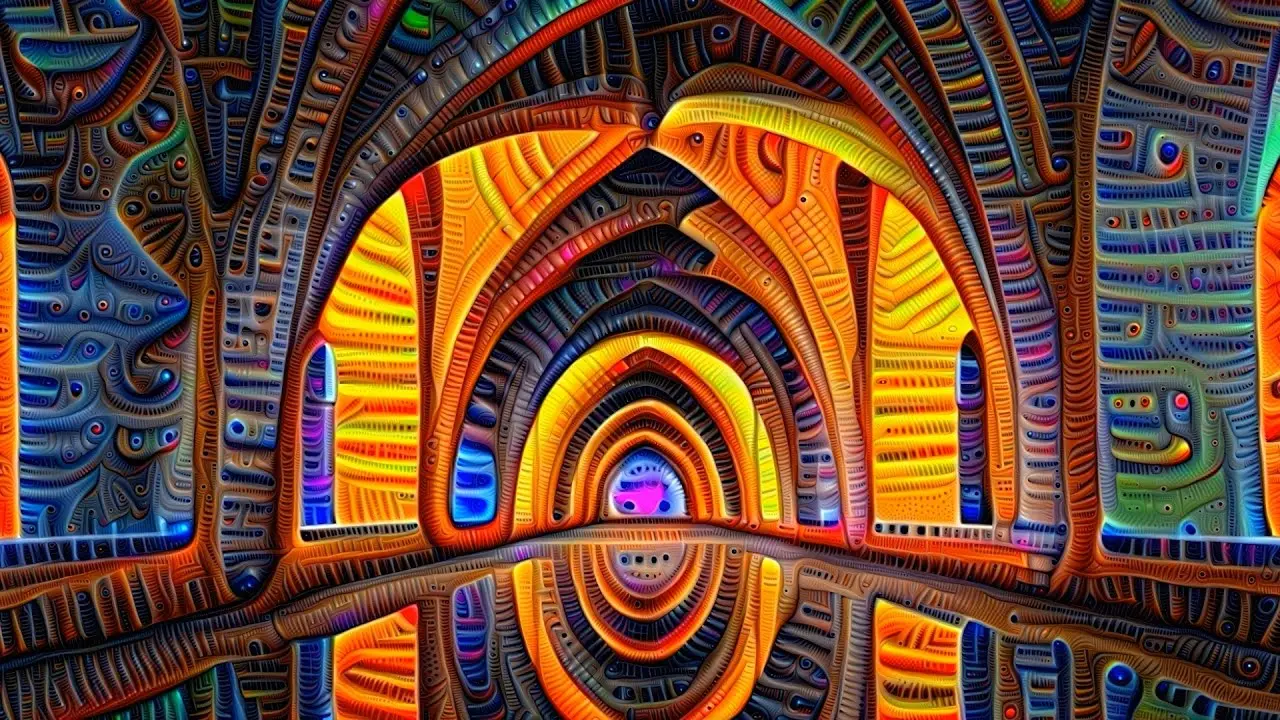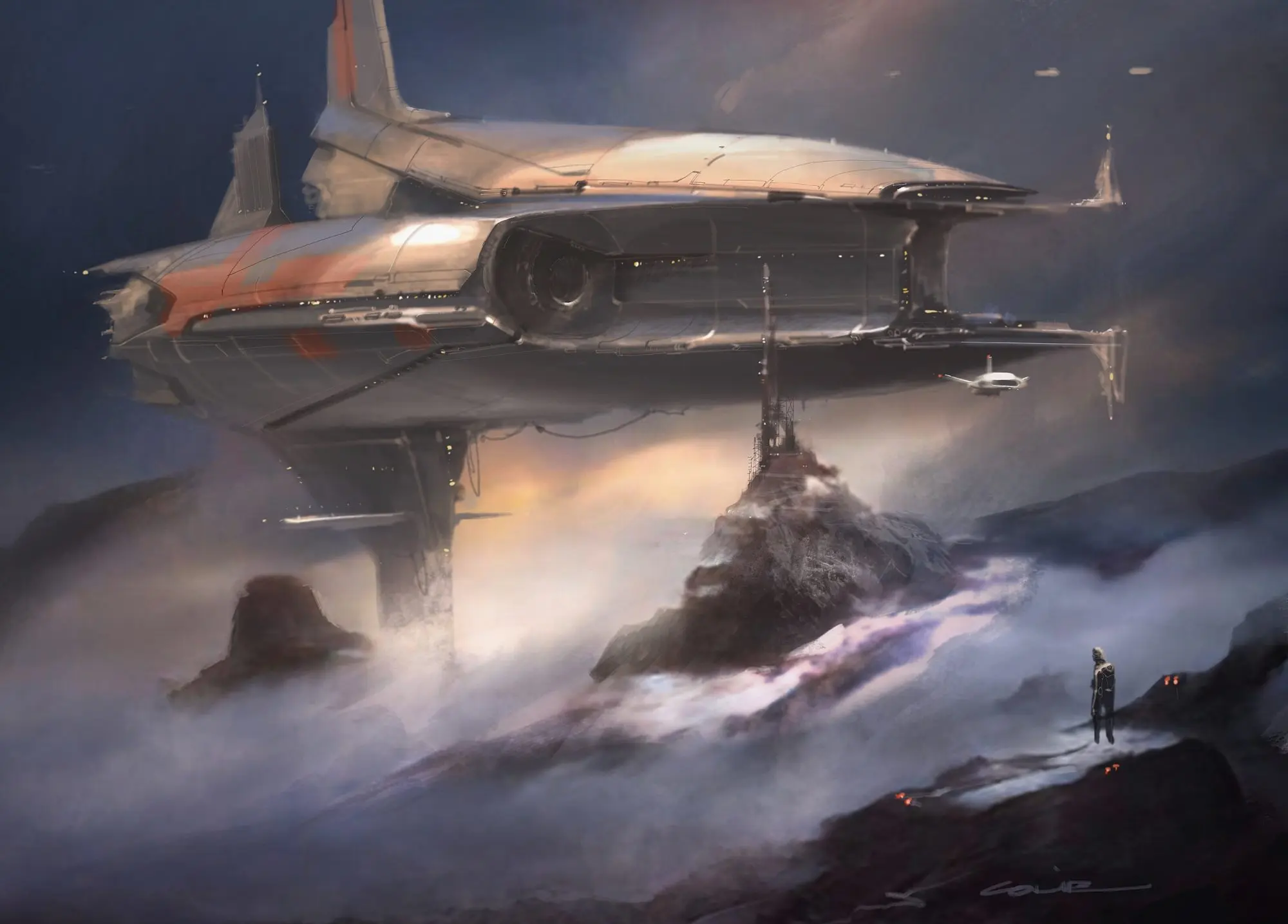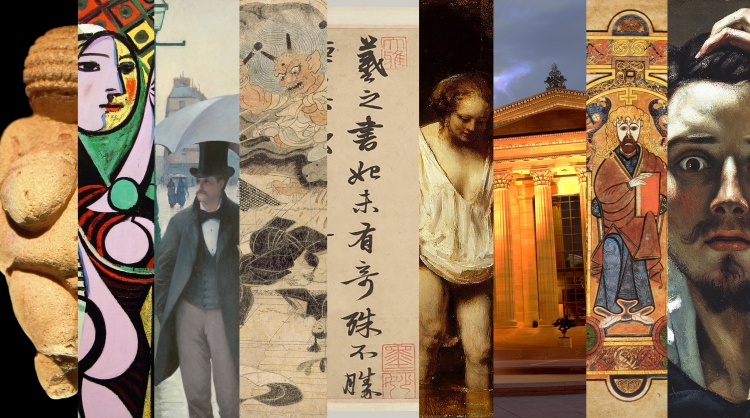The History of Art
Introduction
The history of art is a long and complex one, spanning thousands of years and covering a wide
range of different cultures and civilizations.
Art has been created throughout human history as a way of expressing cultural, religious,
political, and social ideologies. It has been used to record important events, to tell stories,
and to create a sense of beauty and wonder.
Early Human Art
The earliest known form of art is cave art, dating back to around 40,000 BCE. These early
examples are typically simple, depicting animals, humans, and abstract shapes in a naturalistic
style. They were often created using materials such as charcoal, ochre, and hematite, and were
likely used for ritual or ceremonial purposes.
As human civilization progressed, art continued to evolve and take on new forms. The ancient
Egyptians, for example, developed a highly stylized and symbolic form of art, using hieroglyphs
to record important events and depict their gods and pharaohs.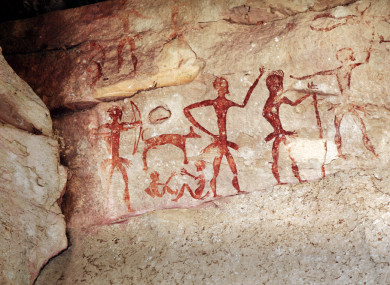
Ancient Greece and Rome
During the ancient Greece and Rome, art was used to express the ideals of beauty, harmony, and
balance. Greek art, in particular, is known for its realism and attention to detail, with
sculptures such as the Venus de Milo and the Winged Victory of Samothrace becoming iconic
examples of this style.
The Dark Ages
The Dark Ages and Middle Ages saw a shift towards religious art, with the Catholic Church
becoming a major patron of the arts. This period saw the creation of illuminated manuscripts,
frescoes, and sculptures, often depicting religious scenes and figures.
The Renaissance
The Renaissance, which began in the 14th century in Italy, marked a major turning point in the
history of art. During the Renaissance, art began to focus on the human form, and the
representation of the
human body became one of the main subjects in artworks. Artists such as Leonardo da Vinci,
Michelangelo, and Raphael created some of the most famous and iconic works in the history of
art, depicting the human body with a high level of realism and attention to detail.
Additionally, the Renaissance saw an increase in the use of perspective in painting, which
allowed artists to create the illusion of depth and realism on a flat surface. This technique
was used to create stunning and realistic landscapes, and it helped to bring paintings to a new
level of realism.
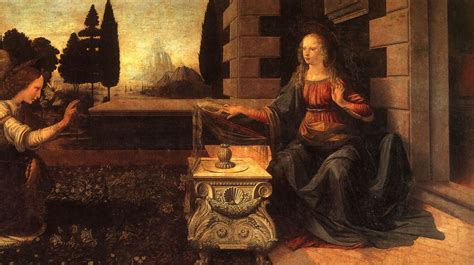
The Baroque Period
The Baroque period, which followed the Renaissance, saw a return to a more emotional and
dramatic style of art. Artists such as Caravaggio and Rubens used bold colours and dynamic
compositions to create powerful and striking works.
Modernity and Art
Modern art is a term that refers to the art produced in the late 19th century and the 20th
century. It encompasses a wide range of styles and movements, including Impressionism, Fauvism,
Expressionism, Surrealism, Cubism, Futurism, and Abstract Expressionism, among others.
One of the defining characteristics of modern art is its rejection of traditional techniques
and subjects, and its experimentation with new forms and styles. Artists began to push the
boundaries of what was considered acceptable and challenged traditional notions of beauty and
representation.
Impressionism, which emerged in the late 19th century, was one of the first modern art
movements. It was characterized by a focus on capturing the effects of light and colour in
landscapes and everyday scenes. The Fauvism movement, which followed, was marked by a use of
bold colours and simplified forms.
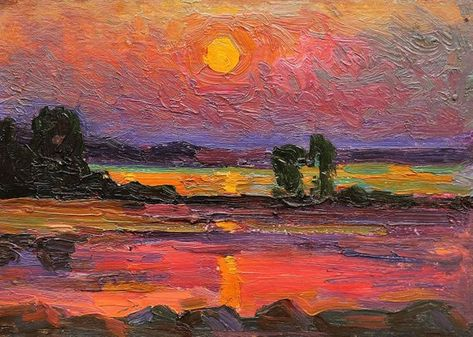
Cubism, which developed in the early 20th century, was another important modern art movement.
It was characterized by the fragmentation and reassembly of objects and figures in a flattened,
abstract form. This movement was led by artists such as Pablo Picasso and Georges Braque.
Surrealism, which emerged in the 1920s, was marked by the use of dream-like imagery and the
exploration of the subconscious mind. It was led by artists such as Salvador Dalí and René
Magritte.
Abstract Expressionism, which emerged in the 1940s in the United States, was characterized by
the use of large canvases and the exploration of the spontaneous and the subconscious through
gestural brushstrokes and drips. It was led by artists such as Jackson Pollock and Mark Rothko.
Overall, modern art represents a departure from traditional art forms and techniques, and a
willingness to experiment with new styles and forms of expression. The art produced during this
period continues to inspire and influence the art world today.
Modernity and Art
Postmodern art refers to a style and movement that emerged in the mid-20th century as a
reaction to the perceived limitations of modernism. Postmodern art often challenges traditional
notions of beauty and reality, and is characterized by a sense of playfulness and irony.
One of the key features of postmodern art is its rejection of the idea that there is one
objective truth or reality. Instead, postmodern art suggests that reality is a construct that
is shaped by individual perspectives, experiences, and cultural influences. This idea is
reflected in the use of diverse and eclectic styles and techniques, and the incorporation of
found objects and popular culture references.
Another important aspect of postmodern art is its critique of the art world and its
institutions, such as museums and galleries. Postmodern artists often challenge the idea of the
artist as a solitary genius, and instead see the role of the artist as a collaborator who works
with and within the community. This is reflected in the use of performance, installation, and
conceptual art, and the creation of works that are meant to be experienced and interacted with,
rather than simply looked at.
Postmodern art has also been characterized by its rejection of the traditional distinctions
between high and low culture, and its use of elements from both. This is reflected in the use
of popular culture and mass media imagery, as well as the incorporation of everyday materials
and found objects.
Overall, postmodern art reflects a desire to question and challenge the status quo, and to
create works that are open to multiple interpretations and meanings. It is a style and movement
that continues to evolve and shape the art world today.
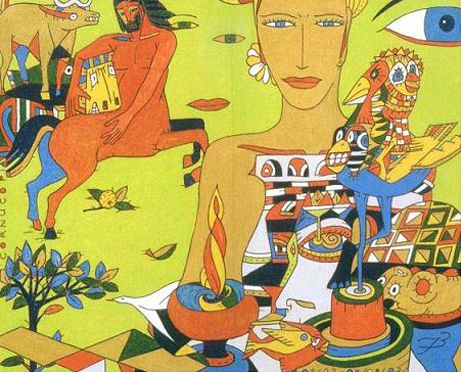
Artificial Intelligence
AI generated art refers to artwork that is created using artificial intelligence algorithms and
technology. This can include a variety of mediums such as painting, sculpture, digital imagery,
and even music and literature.
The use of AI in art allows for the creation of unique and diverse works that are not limited
by the skills and abilities of the human artist. AI algorithms can analyze and process vast
amounts of data to generate new forms, patterns and colours that might be difficult or
impossible for a human to create. It also enables the creation of art that can evolve, adapt
and change over time, creating a new and dynamic experience for the viewer.
Overall, AI generated art is a rapidly evolving field that is pushing the boundaries of what is
possible in the art world. It offers new ways to create and experience art, and is likely to
continue to shape the future of the art world.
